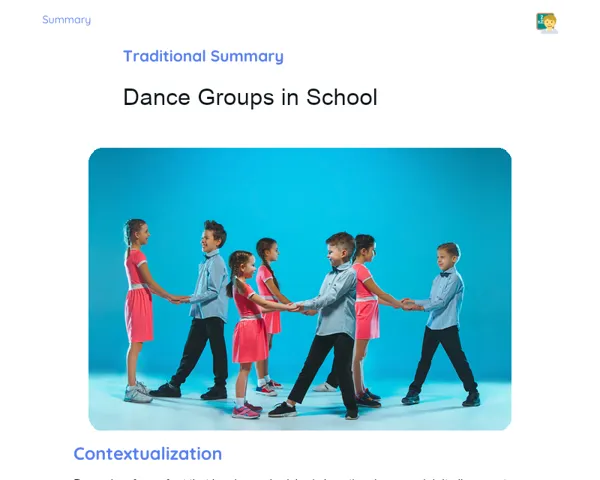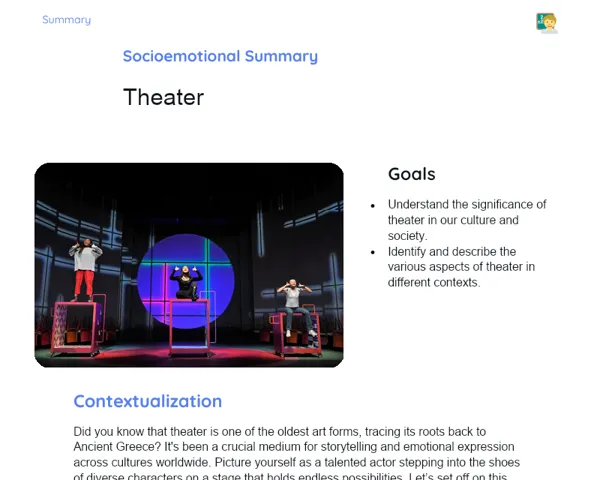In a mesmerizing kingdom known as Mesopotamia, there was a magical library where the books had a life of their own. One day, a group of young adventurers—Raph, an enthusiastic writer bursting with curiosity, Liara, an amazing artist, Aron, a devotee of ancient architecture, and Mia, an avid storyteller enchanted by mythology—uncovered a fantastic ancient map on a dusty shelf. The map indicated a route to a grand ziggurat, inviting them to embark on a thrilling journey into the civilization that blossomed between the Tigris and Euphrates rivers.
The friends decided to undertake this captivating expedition, which would immerse them in the cultural wealth of Ancient Mesopotamia. Unlike usual adventures, they would share their newfound knowledge through digital platforms, linking the teachings of the past with the wonders of the present. However, to progress in their journey and engage today's audience, each discovery needed to be earned by overcoming fascinating challenges and solving clever riddles.
As they uncovered the first secrets, a tricky riddle surfaced from the shadows of history. 'Dear explorers,' a mysterious voice echoed, 'to move ahead, you must identify the main features of Mesopotamian art. What types of sculptures and reliefs do you notice? What narratives do these creations share?' Liara, with her artistic flair, immediately began sketching and documenting in her notebook. They discovered that Mesopotamian artworks were rich in bas-reliefs and votive sculptures depicting gods, people in prayer, and a stunning variety of animals. Many of these pieces were deeply connected to mythology and religious practices, reflecting various aspects of daily life in this ancient civilization.
With the riddle solved, the enchanted map unveiled another clue. Aron, fascinated by architecture, noticed illustrations of striking structures. 'We must decipher the appearance of the temples and palaces here. What techniques did they employ? How do these structures stand out from those of other ancient cultures?' Curious, the friends explored various digital resources and discovered detailed images and diagrams. They learned that ziggurats were monumental edifices, multi-tiered, crafted from mud bricks and clay, frequently adorned with colorful mosaics that contrasted beautifully with the surrounding landscapes.
Inspired by the tales she stumbled across, Mia faced yet another challenge in the form of an engaging riddle. 'To progress, you must delve into Mesopotamian mythologies. Who are the legendary heroes and deities that shaped the narratives of this region?' Combining their knowledge, the explorers passionately described the epic journeys of Gilgamesh, the remarkable deeds of the goddess Ishtar, and other mythological characters steeped in legends that echoed the hopes, fears, and aspirations of the Mesopotamian people. Each mythical tale served as a glimpse into the beliefs and values of this extraordinary civilization.
The young explorers not only unveiled the marvels of Mesopotamia but also shared their discoveries through captivating posts, quizzes, and immersive 3D modeling on social media platforms. They crafted intricate storyboards and engaging activities that brought Ancient Mesopotamia to life for contemporary audiences. With every riddle they solved, the ancient story began to reveal deeper layers, showcasing the intricate connections between art, religion, and architecture of this remarkable civilization.
In the end, as they returned to school, the explorers reflected on their incredible experiences. 'Mesopotamian art is more than just a historical relic; it’s a testimony to the beliefs, technologies, and innovations that have shaped our own modern societies,' declared Liara, as her friends nodded in agreement. Thus, their journey not only unraveled the mysteries of the past but also ignited a new perspective on the importance of cherishing and understanding the rich tapestry of our cultural heritage, bridging the gap between past and present in an inspiring manner.


